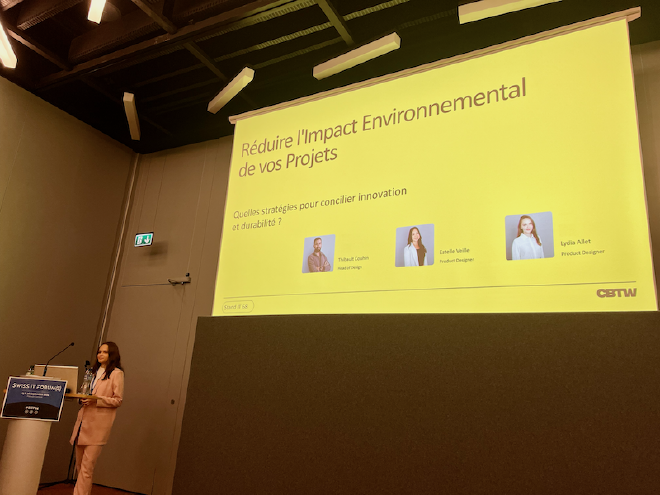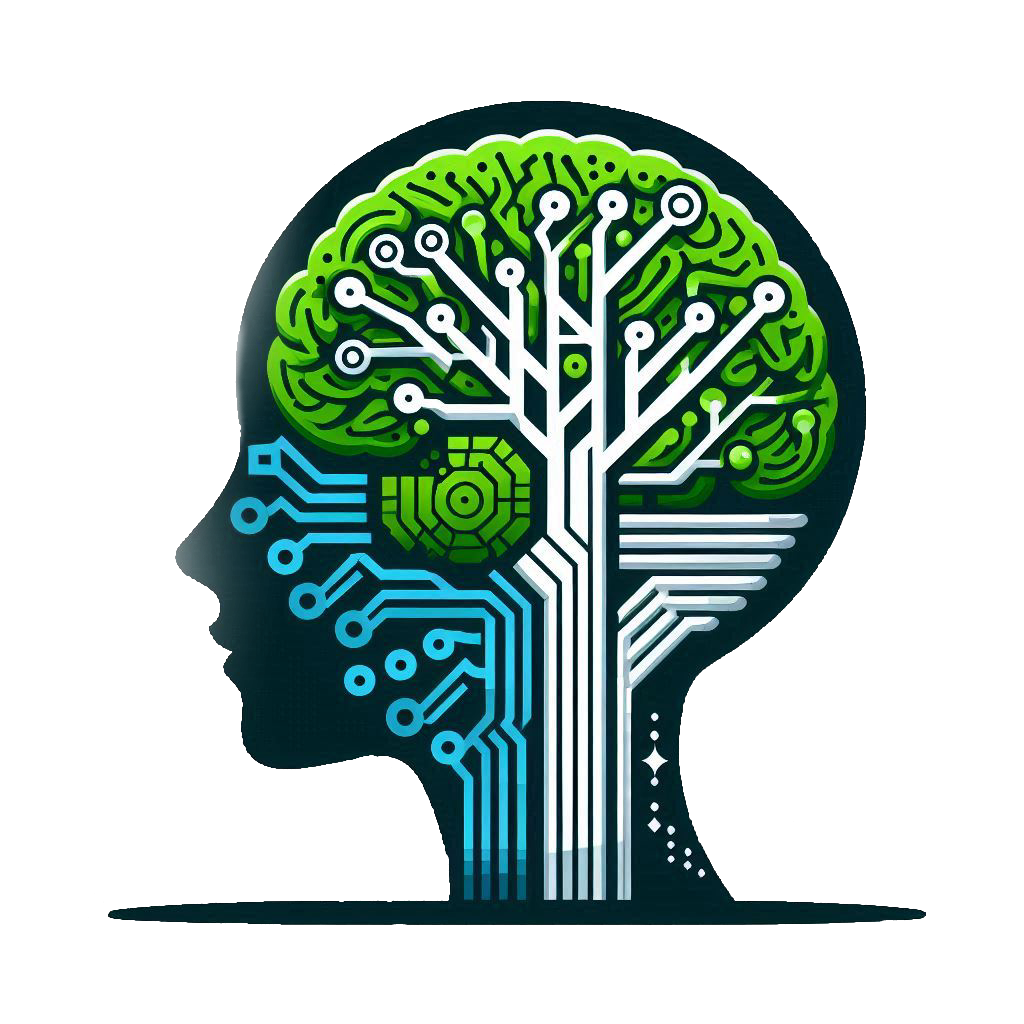This year, I had the opportunity to go to the Swiss IT forum(s) to meet the Green IT players in French-speaking Switzerland. So this is a great opportunity for me to share with you the conferences I attended. The forum took place over two days, on 26 and 27 September 2024 respectively.There were several conference formats on the menu: Demonstration (20 minutes), Workshop (20 minutes), Conference (40 minutes), Round Table (60 minutes).
Conference hosted by Estelle Veille, Lydia Allet and Thibault Couhin from Collaboration Betters The World

Lydia and Estelle presented a few practices aimed at reducing the environmental impact of projects, helping to reconcile innovation with sustainability. This list of actions is an excerpt from the eco-design checklist made available by the GreenIT.fr collective, and from Frederic Bordage’s excellent book, “Eco-conception Web: les 115 bonnes pratiques”.
Lydia introduced the 115 eco-design levers, categorized by priority and by field:
- Specification: The first lever to limit impact, and the good news is that only 5% of the checklist practices are needed to make improvements!
- UX/UI Design: The second lever with already more practices to implement (24%).
The eco-design levers rely for two-thirds on the upstream phases of building a business process (specification, functional design, technical design). The remaining one-third is divided between two-thirds for hosting and one-third for implementation. So, eco-design is primarily not a developer’s responsibility as one might think!
- Technical Implementation: 62% of the practices help improve this phase.
- Hosting: 5% of the practices.
- Marketing/Analytics: 4% of the practices.
CBTW recommends focusing efforts on the following points:
- Sustainable software design
- Electronic waste optimisation and management
- Cloud infrastructure and data centers optimization
Sustainable software design#
To achieve this, CBTW encourages:
- implementing Product Design phases to identify the truly necessary features, thus avoiding unnecessary development that consumes resources
- adopting a modular and scalable design to ensure systems are flexible, easily adaptable, and capable of evolving with future changes
- optimizing resources and content to improve the performance and efficiency of solutions, as well as their carbon footprint
- optimizing code to improve efficiency, speed, and maintainability while ensuring optimal performance across a wide range of devices.
Electronic Waste Optimization and Management#
For this, CBTW suggests:
- buying responsibly, prioritizing equipment suited to needs, certified as ecological, refurbished if possible, and easily repairable
- renting or sharing machines for temporary needs (e.g., rentshop.ch or liverental.ch)
- disposing of functional equipment by donating it to Emmaus, Caritas, or even Videologic
- disposing of non-functional equipment by dropping it off with Swico, who will collect it free of charge for at least 250 kg of equipment.
Cloud infrastructure and data centers optimization#
CBTW suggests:
- adopting eco-design techniques, prioritizing local data processing, implementing lightweight architectures, and using efficient algorithms
- choosing Cloud storage, such as AWS or Azure, provided the hosting is in a data center with a low PUE (Power Usage Effectiveness) and powered by low-carbon energy
- integrating eco-design into company policy, developing a dedicated CSR strategy, and setting up green KPIs, monitoring, and audits.
To explore further, I highly recommend downloading the complete checklist, buying the book “Eco-conception Web: les 115 bonnes pratiques” by Frederic Bordage, or even participating in the collective’s open-source project, whose source is available on GitHub.
